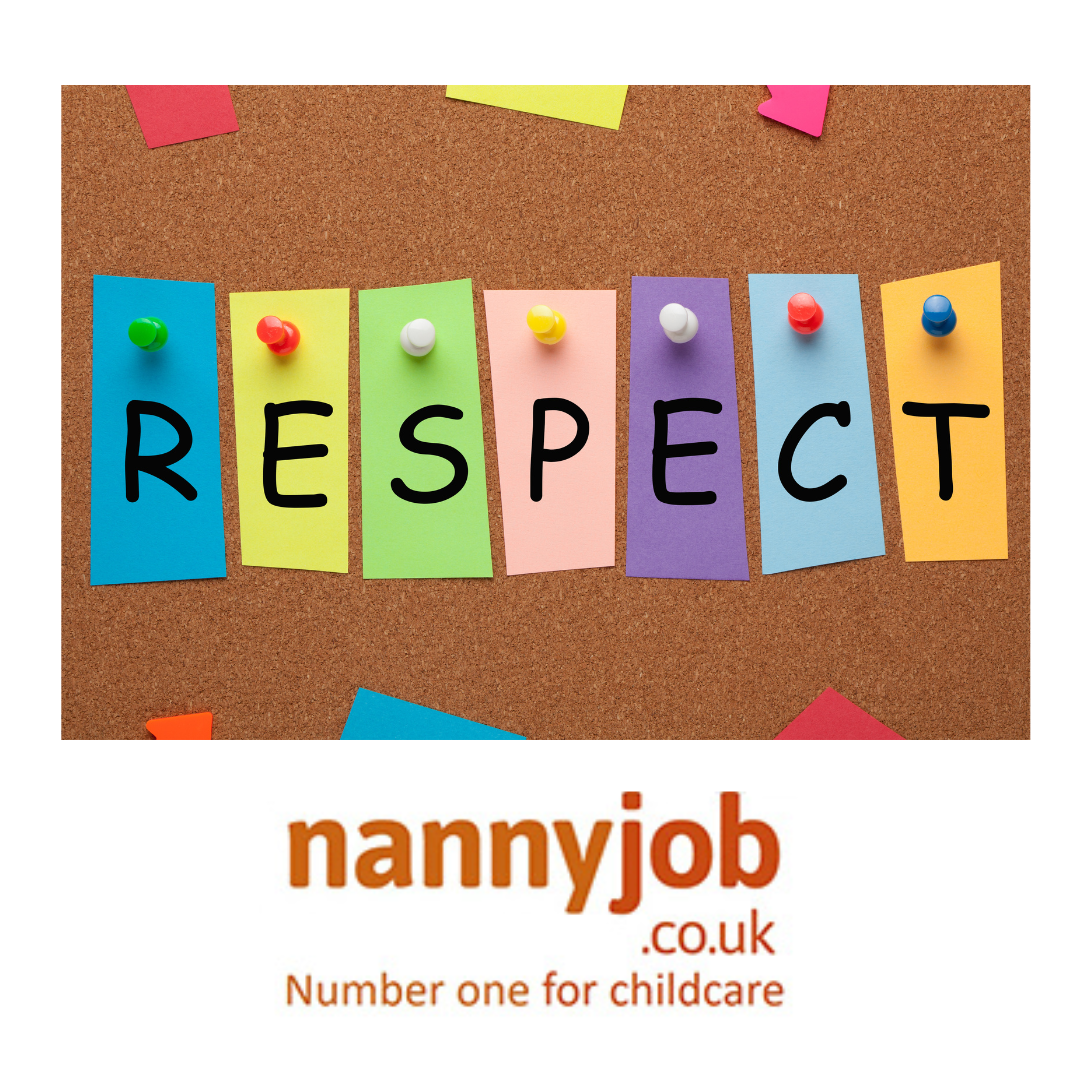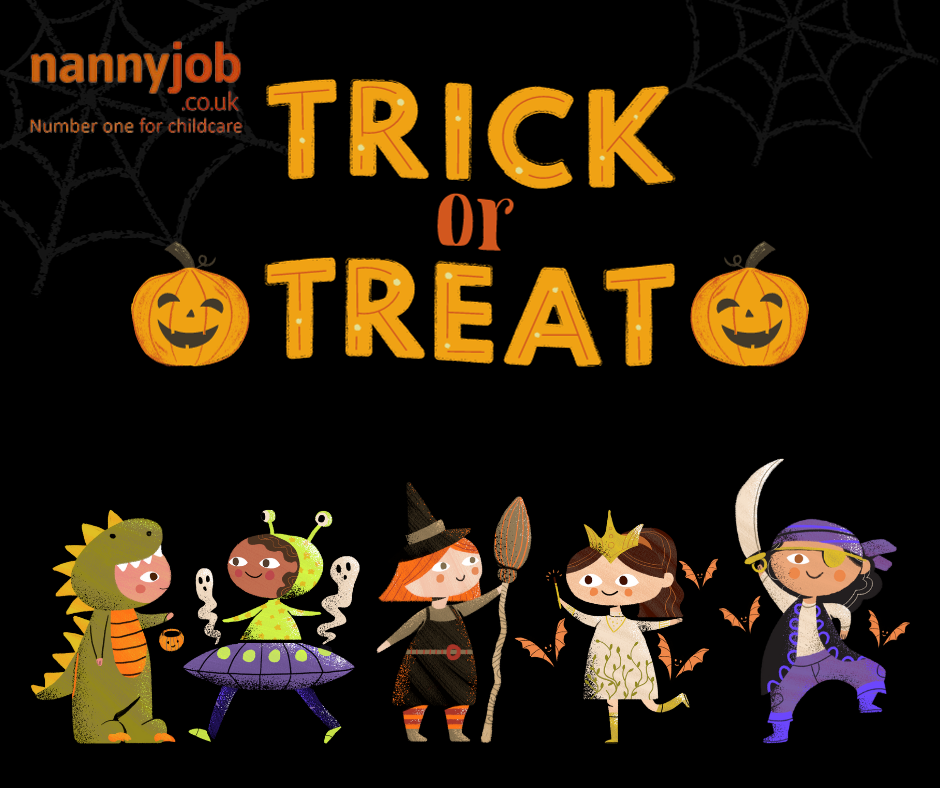Winter can be a magical time for children, with its frosty mornings and cozy evenings. But as the temperature drops, it becomes more challenging to keep kids active and entertained. Keeping little ones moving is crucial for their physical and mental well-being, even in the colder months. Here are some fun and frosty ideas to keep kids active during winter!
Indoor Fun:
- DIY Indoor Obstacle Course: Use pillows, chairs, and blankets to create an exciting obstacle course. It’s a great way to burn energy and encourage creative play.
- Dance Parties: Put on some music and have a dance-off! Dancing is a perfect way to stay warm and active indoors.
- Yoga for Kids: Introduce simple yoga poses to help them stay flexible and relaxed. There are many child-friendly yoga videos online to get you started.
Outdoor Adventures:
- Winter Walks and Hikes: Bundle up and explore nature. Walking or hiking in winter offers a different perspective on the natural world.
- Snow Sports: If you have access to snow, activities like sledding, skiing, and building snowmen are not only fun but great exercise.
- Treasure Hunt: Organize a treasure hunt in your garden or a local park. It encourages children to run, think, and explore.
Educational Activities:
- Nature Scavenger Hunt: Create a list of winter items for kids to find outdoors. This activity combines exercise with learning about nature.
- Winter-themed Crafts: After some outdoor fun, settle down with some winter-themed crafts which encourage fine motor skills.
Safety First:
Remember to dress children warmly for outdoor activities and stay mindful of weather conditions. It’s also important to stay hydrated and take breaks when needed.
Conclusion:
With a little creativity, winter can be a season full of activity and adventure for kids. By mixing indoor and outdoor activities, you can keep them active, engaged, and happy all winter long!










